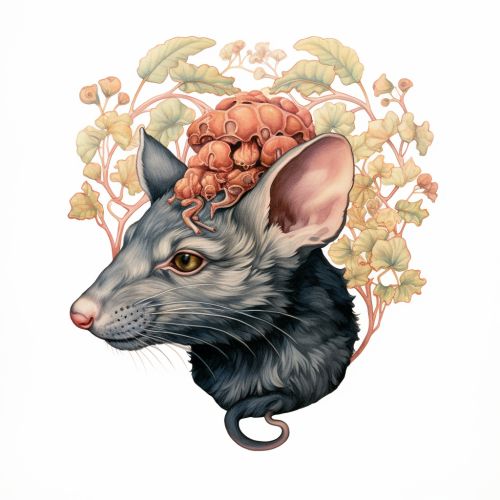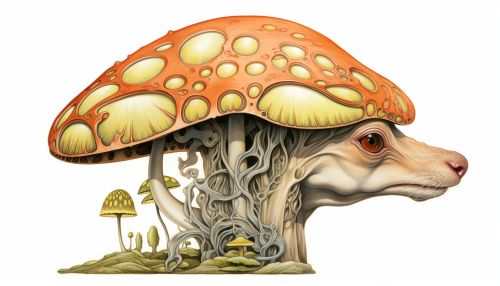Torpor
Overview
Torpor is a state of decreased physiological activity in an animal, usually characterized by a reduced body temperature and metabolic rate. Torpor enables animals to survive periods of reduced food availability. A torpor bout can last from a few hours to a few months, depending on the species and the time of year. The term "torpor" is used in the context of both endothermic and ectothermic species.


Physiological Characteristics
During torpor, animals exhibit a number of physiological changes. These include a reduction in body temperature, heart rate, and metabolic rate. The degree of these changes can vary among species and individuals. For example, some animals may reduce their body temperature to near ambient levels, while others may only experience a slight decrease. Similarly, the reduction in metabolic rate can range from 30% to as much as 95%.


Types of Torpor
There are two main types of torpor: hibernation and daily torpor.
Hibernation
Hibernation is a long-term form of torpor that allows animals to survive the winter months when food is scarce. During hibernation, animals enter a state of deep sleep, during which their body temperature and metabolic rate drop significantly. This allows them to conserve energy and survive on their fat reserves. Hibernation can last for several months, depending on the species and environmental conditions.
Daily Torpor
Daily torpor, on the other hand, is a short-term form of torpor that can occur in both endothermic and ectothermic animals. It is most commonly observed in small mammals and birds, which have high metabolic rates and therefore require a lot of energy to maintain their body temperature. By entering a state of torpor, these animals can reduce their energy expenditure and survive periods of food scarcity. Daily torpor typically lasts for a few hours, but can extend to several days in some species.


Mechanisms of Torpor
The mechanisms underlying torpor are complex and not fully understood. However, it is known that the process is regulated by the hypothalamus, a region of the brain that controls body temperature and energy expenditure. The hypothalamus receives signals from the body about energy levels and temperature, and adjusts the metabolic rate accordingly. This allows the animal to enter a state of torpor when energy levels are low or when the ambient temperature is too cold for normal activity.


Ecological and Evolutionary Significance
Torpor has significant ecological and evolutionary implications. It allows animals to survive in harsh environments and during periods of food scarcity, which can give them a competitive advantage over species that do not exhibit torpor. Additionally, by reducing their metabolic rate, animals in torpor can reduce their impact on the environment, as they require less food and produce less waste.
From an evolutionary perspective, torpor is thought to have evolved in response to environmental pressures such as seasonal changes in food availability and temperature. It is a common trait among mammals and birds, suggesting that it has been a successful strategy for survival in a variety of ecological contexts.


